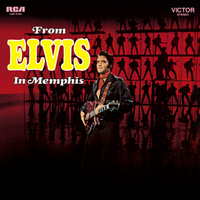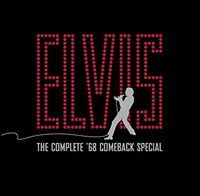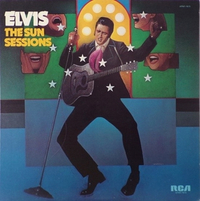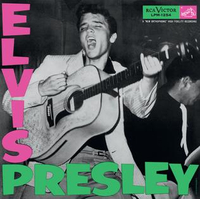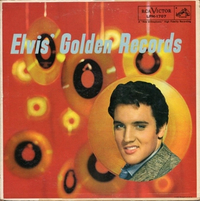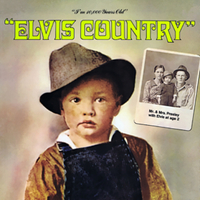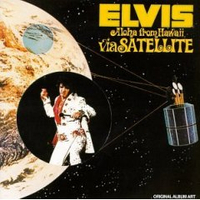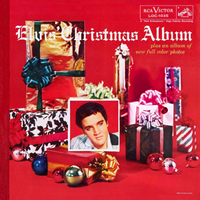“Before Elvis there was nothing,” said John Lennon, although the man who would be King didn’t actually invent rock’n’roll – Bill Haley & His Comets had already figured out what made the teenagers tick, with their international smash Rock Around The Clock.
The chubby, middle-aged Haley was no teen dream, however. What Elvis brought to the table was sex. The excitement the ridiculously good-looking kid from the Memphis projects generated at his concerts in the 1950s was frighteningly intense, with girls hurling themselves at the stage and leaving behind urine-soaked seats. Overnight this sweet southern kid became public enemy number one. And all because he liked to swivel his hips.
Presley cut his first records at Sam Phillips’s Memphis Recording Service [aka Sun Studio] in Memphis in 1954. Ultimately the kid was too big for Memphis, and in 1955 Phillips sold his contract to the RCA Victor label in Nashville for $35,000. After cutting hits such as Heartbreak Hotel and Hound Dog at RCA, there wasn’t a soul on the planet – including John, Paul, George and Ringo – who didn’t know what an ‘Elvis Presley’ was.
After he finished his stint in the US army in 1960, Presley’s career never quite recovered until he blasted back into killer form in 1968 with his Comeback Special. After that came the Vegas jumpsuit years and a slow decline in physical health, albeit while recording some fantastic music.
While the ‘Fat Elvis’ image has stuck, The King Of Rock’n’Roll defied his poor background and death threats from the KKK – and some truly terrible movies – to change the world for absolutely everyone, with no exceptions.


